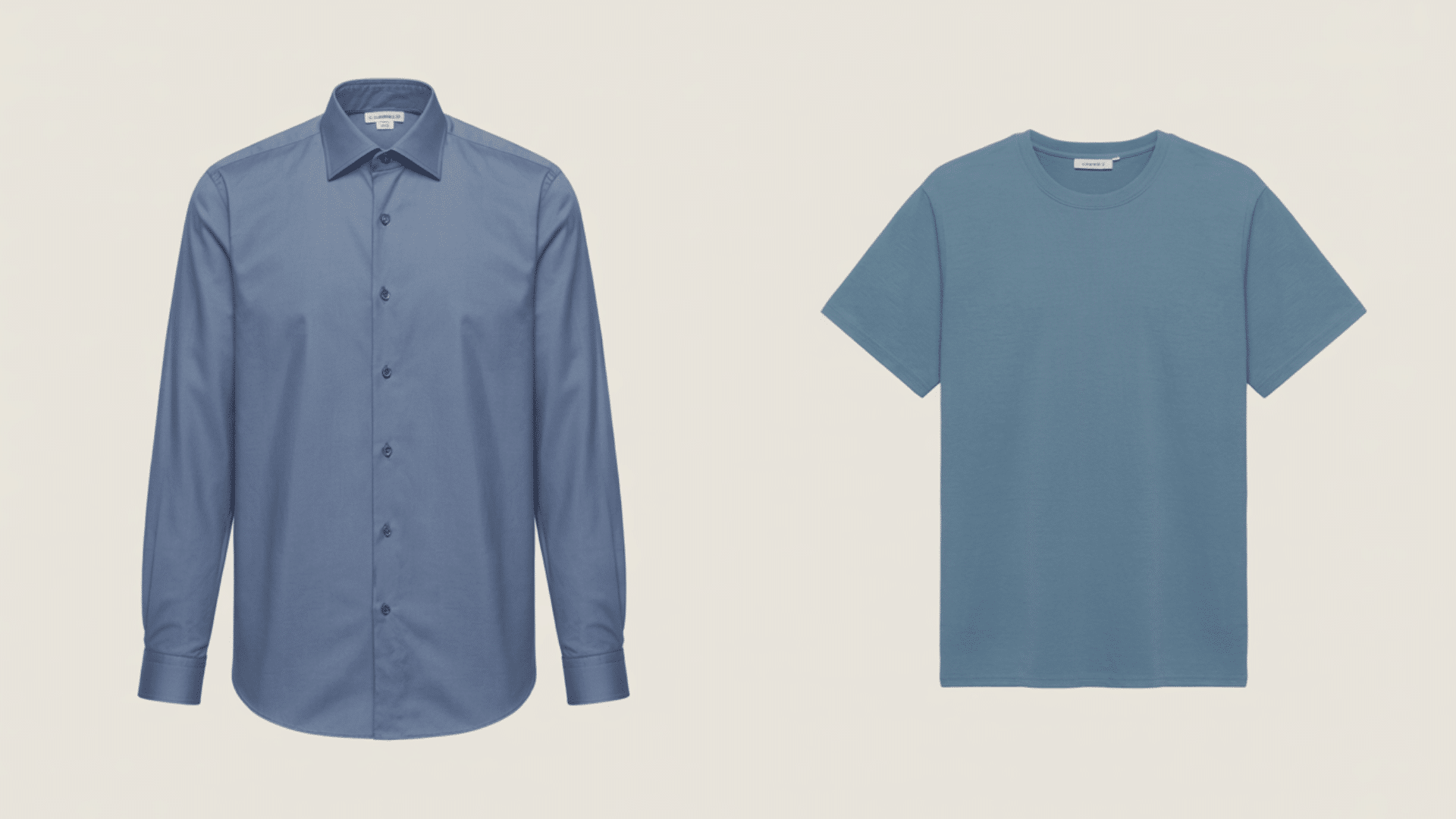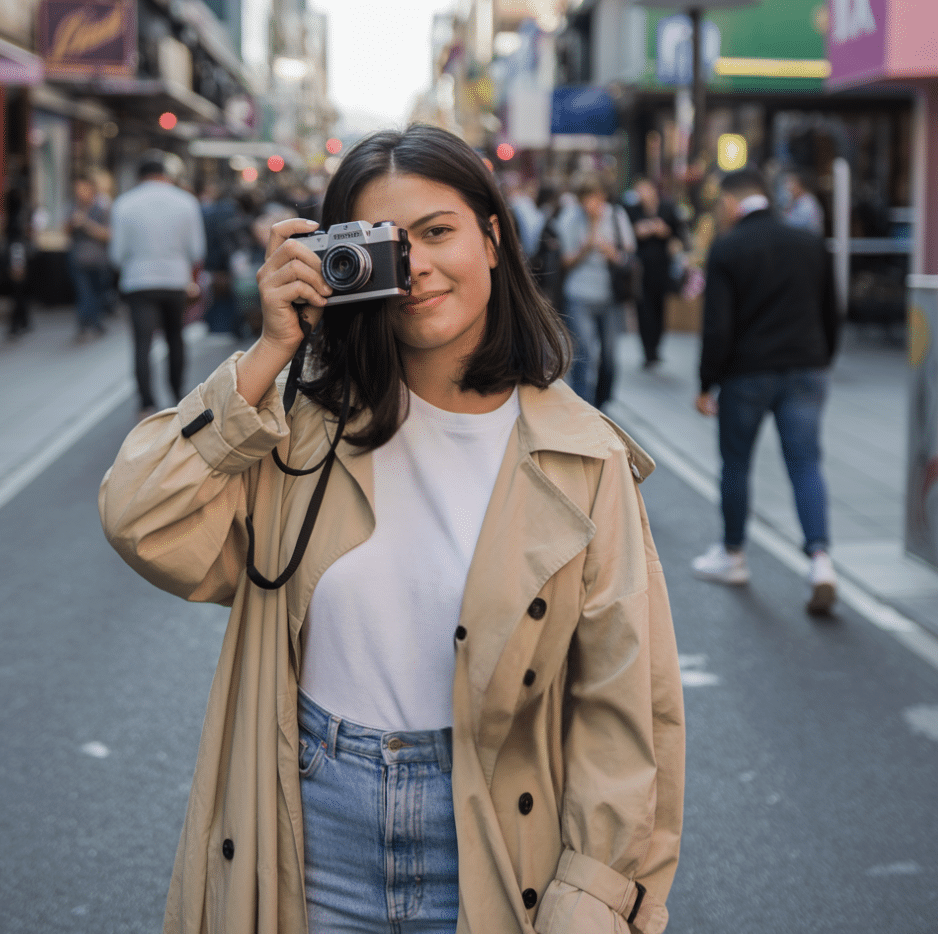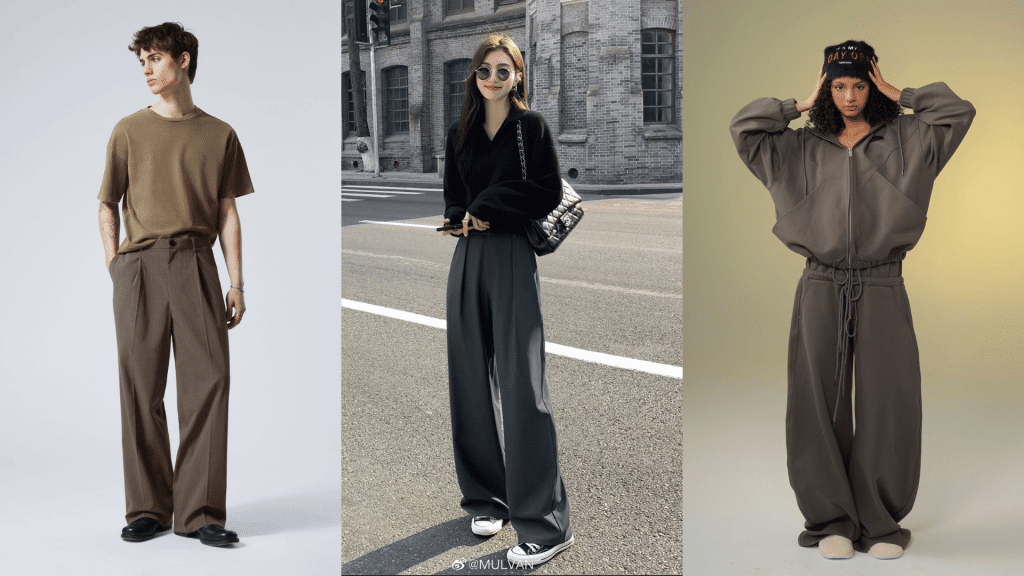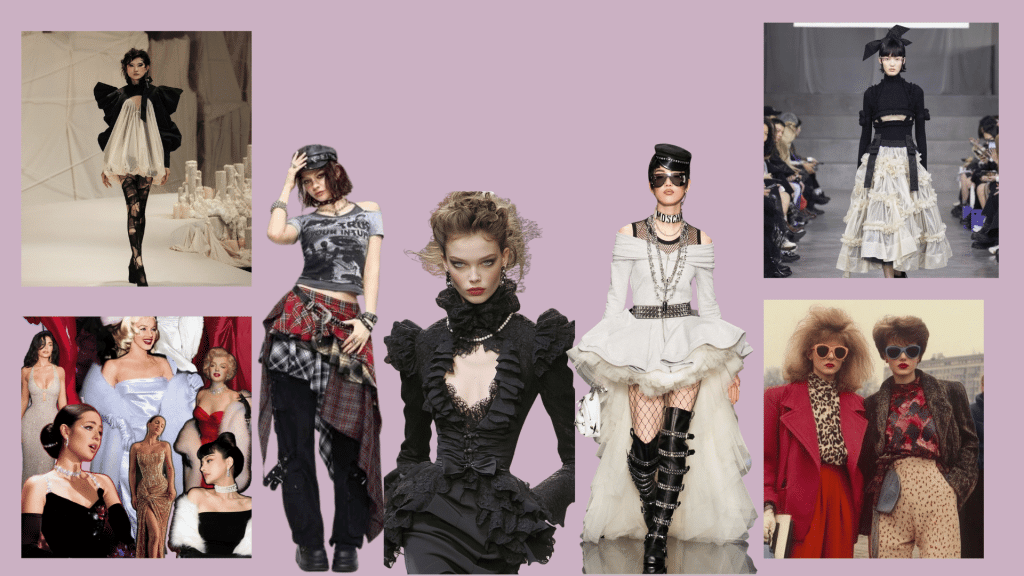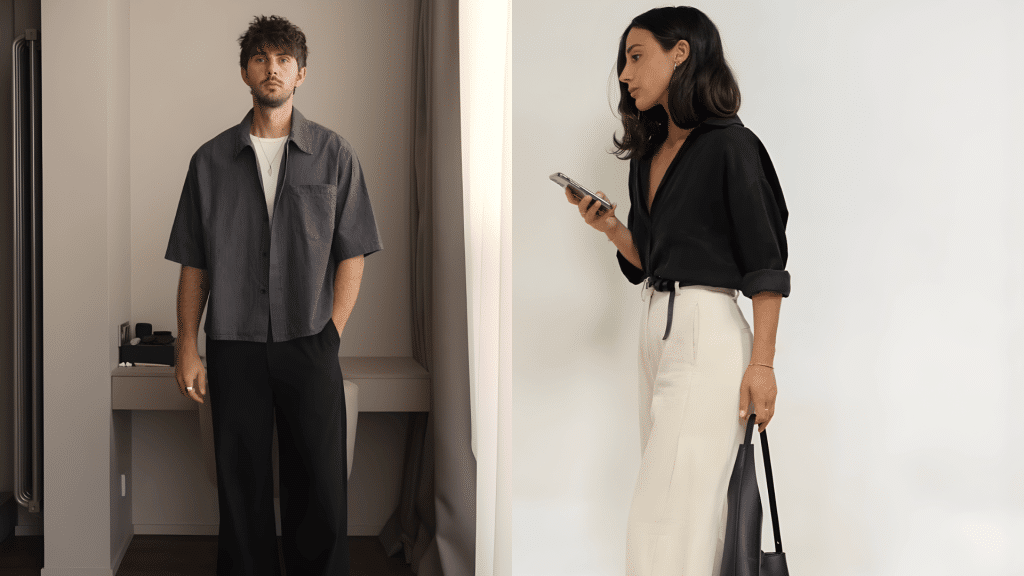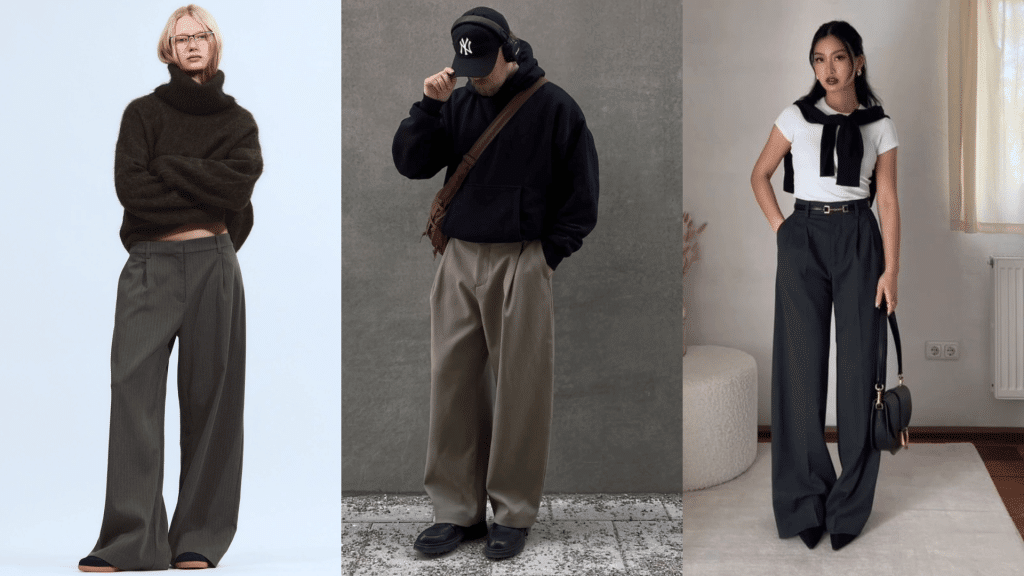Ever wondered about the real difference between a shirt and a t-shirt?
While similar, these clothing staples conceal characteristics that are often overlooked. Knowing the differences between a shirt and a t-shirt can alter your wardrobe choices.
The T-shirt vs shirt mystery runs deeper than you might think. Each serves distinct purposes beyond appearance. Professional stylists know secrets about their differences that can make or break an outfit.
These wardrobe essentials have more to them than meets the eye, from fabric details to styling rules. The key is understanding when and why to choose each one
What Defines a Shirt and a T-Shirt?
Understanding the difference between a t-shirt vs a shirt starts with basic construction.
A traditional shirt features a collar, button placket, and fitted cuffs made from woven fabrics, clearly defining one side of the shirts vs T-shirts debate.
T-shirts are pullover garments made from stretchy knit fabric without collars or buttons, representing the other side of shirts vs T-shirts differences with crew or V-necks for casual wear.
The confusion comes from everyday language where people call all tops “shirts,” but fashion recognizes clear distinctions in construction, fabric, and intended use.
Key Differences Between a Shirt vs T-shirt
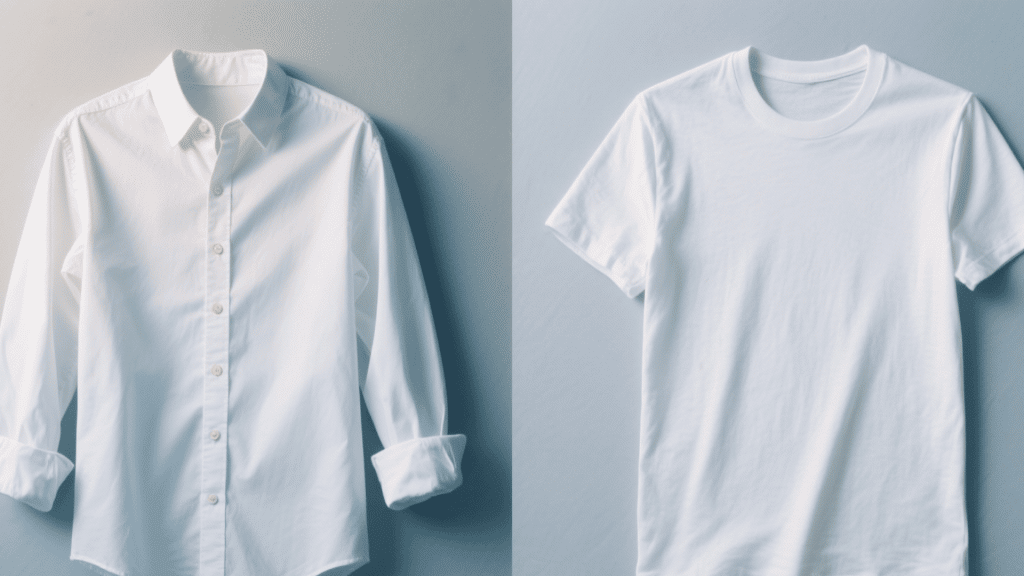
Breaking down the specifics helps clarify what sets these garments apart when comparing shirts vs T-shirts. The differences in shirts vs T-shirts go beyond just buttons and collars to include fabric, fit, and function.
| ATTRIBUTE | SHIRT | T-SHIRT |
|---|---|---|
| Construction / Design | Collar, placket with buttons, cuffs, darts/seams | Pullover style, no buttons (usually), simpler construction |
| Fabric / Material | Woven fabrics (poplin, oxford, twill, linen blends) | Knit fabrics (jersey, interlock, cotton blends) |
| Fit & Silhouette | More structure, tailored or semi-fitted, can hold shape | More relaxed, stretchy, conforms to body, less rigid |
| Sleeve & Neckline Options | Short, long sleeves; collars (point, spread, button-down) | Short sleeves most common; also long sleeves; neckline: crew, V, scoop |
These distinctions explain why people choose one over the other for different occasions. Knowing these differences clarifies shopping and styling decisions.
Shirt vs T-shirt: When to Wear Each Style

Knowing the technical differences only helps if you understand when each works best. The right choice depends on the setting, dress codes, and the impression you want to make.
1. Formal, Business, or Smart-Casual Settings
Interviews, office environments, and formal dinners call for shirts with crisp fabrics and button-down styling. Rolling sleeves or opening the collar can dress down a shirt for relaxed business settings.
High-quality T-shirts can work in creative offices when paired with blazers, but stick to minimal designs and premium cotton. The collar remains key for adding instant formality to any outfit.
2. Casual, Everyday, Leisure, and Creative Settings
Weekends, running errands, and casual meetups are perfect T-shirt territory. They work well for layering under open shirts, jackets, or hoodies for added warmth and style.
Athletic and outdoor versions offer moisture-wicking properties for active pursuits. T-shirts provide comfort and ease for daily activities without the structure or maintenance requirements of formal shirts.
3. Transitional & Hybrid Looks
Smart casual settings benefit from hybrid approaches like polo shirts, structured T-shirts, or open shirts layered over tees. Travel outfits often combine both pieces for versatility across different climates and occasions.
Capsule wardrobes rely on these transitional pieces to create multiple looks from fewer items, maximizing outfit combinations while minimizing luggage space.
These guidelines help you navigate various social and professional situations with confidence. Knowing context makes choosing between shirts and T-shirts much more straightforward.
Style Tips & Pairing Suggestions
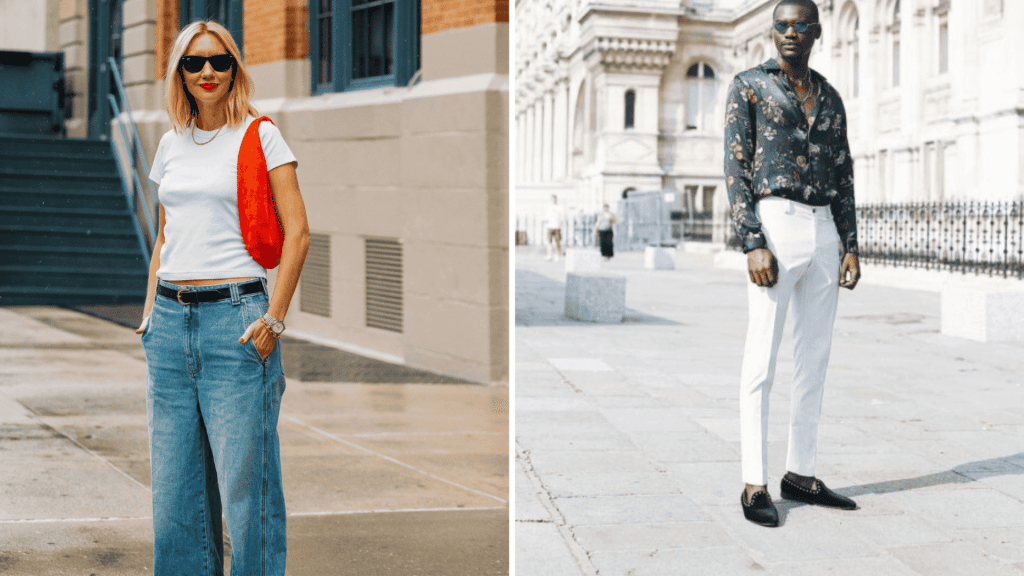
Getting the styling right makes all the difference between looking put-together and sloppy. The key lies in understanding what works with each garment type and avoiding common pitfalls.
- Dress shirts pair with tailored trousers and suits for business, with white and light blue tucked under blazers offering maximum versatility.
- Button-downs work with chinos for smart casual looks, and denim shirts complement contrasting jeans when untucked with rolled sleeves.
- Basic tees in white, gray, and navy work with jeans and shorts, V-necks layer better under blazers than crew necks.
- Layer tees under cardigans, hoodies, or open shirts, with premium cotton working in smart casual and athletic cuts for active wear.
- Slim builds need fitted cuts, broader torsos need relaxed fits that skim, vertical stripes elongate, proper shoulder fit matters most.
- Avoid graphic tees in business settings, overly tight or loose fits, mixing formal shirts with athletic shorts, and competing patterns.
These styling guidelines help create cohesive looks that feel appropriate for any occasion. Good styling comes down to understanding context and choosing pieces that work well together.
Fabric, Comfort & Seasonal Considerations
Fabric choice dramatically affects how a garment looks, feels, and performs throughout the year. Understanding these properties helps make better purchasing decisions and seasonal wardrobe planning.
- Linen shirts : They breathe well in summer, cotton blends balance comfort with easy care, wool provides professional warmth, and synthetic tees offer moisture-wicking.
- Heavier fabrics: Like Oxford create shirt structure, lightweight poplin offers formal crispness, medium-weight jersey balances comfort, and fabric weight affects layering.
- Woven shirt fabrics: They last longer than knits, cotton-poly blends resist wrinkles, pre-shrunk fabrics prevent size changes, and higher thread counts indicate quality.
- Premium cotton tees: They upgrade casual outfits. Silk adds refinement, technical fabrics suggest athletic use, and textured fabrics add visual interest.
- Heavy cotton jerseys: They work for cooler layering, lightweight knits stay comfortable in warmth, drape quality determines how fabric moves naturally.
Fabric quality often outweighs construction. Expensive fabrics make simple designs seem refined, and proper care extends garment life. Knowing fabric properties aids smarter, long-lasting clothing choices.
Maintenance and Longevity
Proper care makes the difference between clothes that last months and those that serve for years. Each garment type has specific needs that affect longevity and understanding the difference between shirt and t shirt maintenance requirements helps preserve both investments.
| ASPECT | SHIRTS | T-SHIRTS |
|---|---|---|
| Washing | Hang immediately after washing | Wash in cold water to prevent shrinking |
| Drying | Iron while slightly damp for best results | Air dry when possible to avoid heat damage |
| Storage | Use collar stays to maintain shape | Fold neatly to prevent stretching |
| Organization | Store on hangers to avoid creasing | Turn inside out to protect prints |
| Maintenance | Check for loose buttons regularly | Separate colors to prevent bleeding |
| Professional Care | Professional cleaning for stubborn stains | Replace when necklines lose shape |
| Durability | Last long with proper care | Fade faster with frequent use |
| Fabric Behavior | Structured fabric holds up well | Soft fabrics show wear more quickly |
Cotton shirts with reinforced seams last decades, while premium pre-shrunk t-shirts resist warping better. Proper maintenance keeps clothes professional and comfortable longer.
Conclusion
The shirt vs t-shirt debate comes down to understanding when each works best. Now you know the key differences; shirts bring professionalism with collars and buttons, while t-shirts offer casual comfort.
The difference between a shirt and a t-shirt becomes your style advantage.
Whether building a work wardrobe or a weekend collection, both serve important roles. T-shirt vs shirt choices depend on your occasion and comfort needs.
Quality beats quantity; invest in durable pieces. To upgrade your wardrobe, evaluate your current collection, then add flexible items that cover gaps and suit all aspects of life.

